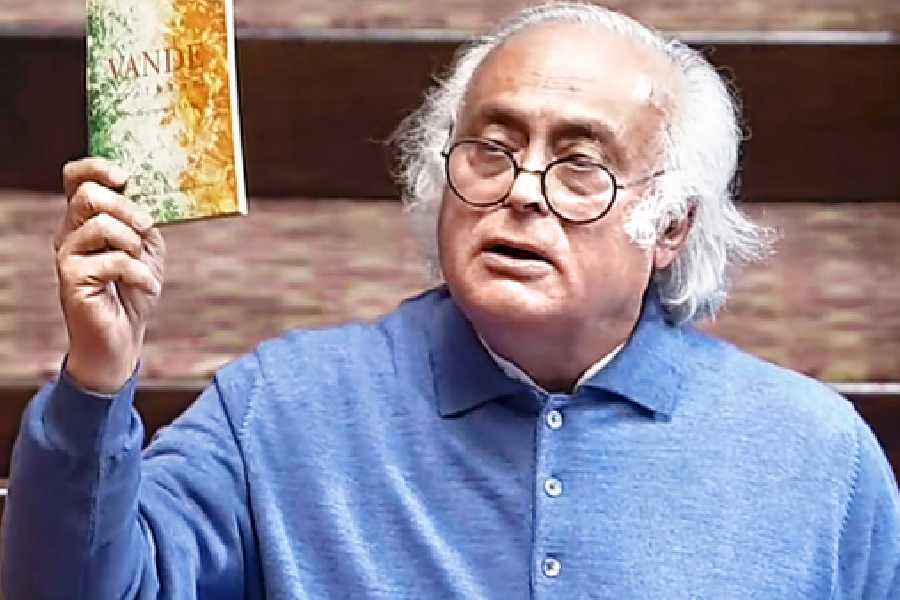Book: THE CHESS REVOLUTION: UNDERSTANDING THE POWER OF AN ANCIENT GAME IN THE DIGITAL AGE
Author: Peter Doggers
Published by: Robinson
Price: Rs 799
In his article, “Chess: The World’s Most Published Sport”, Kevin T. DiCamillo noted that in “the history of sport — and publishing”, the one sport that has been published the most is chess. It isn’t surprising that chess has an overwhelmingly large publication given its 1,500-year history. This context begets a question: does chess need another book?
Peter Doggers thought of this question himself whenever he was asked to write a book on chess. After writing on chess for over 20 years, he arrived at a response, which he shares in the Introduction to this book: “the last book that attempted to cover the full history of chess was published in 1985” and what’s “missing [today] is a book serving the contingent of new chess fans who’ve encountered the game as Netflix watchers or YouTube subscribers and are in desperate need of a good introduction to this sport and the world behind it”.
What he desired to do is clearly reflected in this deeply engaging and thoroughly researched book. Divided into three parts and spread across 10 chapters, The Chess Revolution effectively covers aspects such as the meaning and the value of chess as a cultural phenomenon, experiments to produce an artificial mind (computers) to play chess, and how the internet is slated to completely transform the game.
Citing the chess historian, H.J.R. Murray, Doggers shares the legend of Queen Jushir, as
told by Ibn Wadih al-Ya qubi, a Muslim “polymath of the ninth century”, cementing the fact that “chess was already used as a metaphor the moment it was invented” and that the game originated in India from Chaturanga. From there on, Doggers presents how
the game has influenced virtually every field of study and expression.
It’s particularly exciting when Doggers quotes masters of their field like Vladimir Nabokov. The novelist “loved chess” and noted the following in his book, Poems and Problems: “Chess problems demand from the composer the same virtues that characterise all worthwhile art: originality, invention, conciseness, harmony, complexity and splendid insincerity.”
But what’s equally baffling — and interesting — is how Doggers’s prose inspects the myth of genius by sharing widely popular games of chess (including the backstories and the aftermaths) and locating influential grandmasters like Bobby Fischer, Magnus Carlsen, Anatoly Karpov, Garry Kasparov, and Boris Spassky; these make the book engrossing except towards the end where it tends to lose its grip. Doggers’s work for Chess.com has a chapter dedicated to it. While it couldn’t have been avoided given this book’s scope — calibrating chess’s evolution against the backdrop of advancements in technology — it could’ve been handled better by effective disclosures. This book, in fact, may remind readers of The Maniac by the Chilean writer, Benjamín Labatut, which examines the unilluminated side of intelligence.










